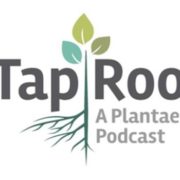
A look back at the first season of the Taproot Podcast
Blog, Careers, Careers - Blog, Research, Research Blog
July 2017 marked the debut of a new podcast that digs beneath the surface to understand how plant science publications are created. The Taproot Podcast was developed and is hosted by Elizabeth (Liz) Haswell (Professor at Washington University in St. Louis) and Ivan Baxter (Research Computational…

Review: Secondary growth as a determinant of plant shape and form
Blog, Plant Science Research Weekly, Research, Research BlogSecondary growth from the vascular cambium, a lateral meristem, increases the plant’s girth. It also produces wood (secondary xylem) and important fibers like flax, jute and hemp (secondary phloem). Ragni and Greb review secondary growth in plants. They start with a review of the evolutionary history…
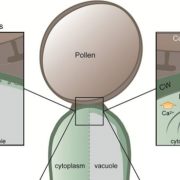
Review: Exocyst, exosomes, and autophagy in pollen-stigma interactions ($)
Blog, Plant Science Research Weekly, Research, Research BlogSome plants are able to suppress inbreeding through a system called self-incompatibility, in which “self”-pollen is unable to reach “self” eggs. Self-incompatibility has evolved multiple times and takes several forms. Goring reviews the cellular processes of self-incompatibility that occur in…
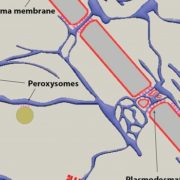
Review: The structure-to-function missing link of plasmodesmata: ($)
Blog, Plant Science Research Weekly, Research, Research BlogPlasmodesmata are tiny channels between cells that allow intercellular movement of messages and metabolites as well as pathogens. They are structurally complex and usually have a central strand of endoplasmic-reticulum (the desmotubule) that passes between adjacent cells, connected by spoke-like elements…

Receptor-mediated chitin perception in legume roots is functionally separable from Nod factor perception ($)
Blog, Plant Science Research Weekly, Research, Research BlogSmall molecules are crucial for the recognition of friends and foes. For example, Nod factors are N-acetylglucosamine-derived “friend” signals produced by bacterial microsymbionts. Chitin is an N-acetylglucosamine-derived fungal wall polymer that plants perceive as indicating the presence of an enemy. …
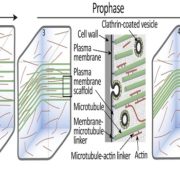
Opinion: Plant cytokinesis: Terminology for structures and processes
Blog, Plant Science Research Weekly, Research, Research BlogCell division in plants is a structurally beautiful process that involves striking and dynamic changes in the cytoskeleton, endomembranes, and nucleus. However, as authors Smertenko et al. observe, “Current plant cytokinesis terminology was developed using data generated by fluorescence microscopy…

A pair of papers that redefines the pyrenoid, the eukaryotic CO2-concentrating organelle
Blog, Plant Science Research Weekly, Research, Research BlogPhotosynthesis in aquatic organisms is made difficult due to the low solubility of CO2 in water. Algae such as Chlamydomonas rheinhardtii overcome this limitation through a carbon-concentrating organelle called a pyrenoid. Two papers in Cell redefine our understanding of the pyrenoid structure. Mackinder…
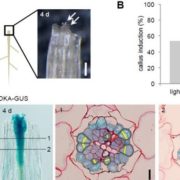
Wounding triggers callus formation via dynamic hormonal and transcriptional changes
Blog, Plant Science Research Weekly, Research, Research BlogPlants are known for their ability to regenerate tissues following wounding. Wound repair requires the induction of cell proliferation, leading to the formation of undifferentiated callus at the wound site, followed by cell differentiation. Ikeuchi et al. explored transcriptional changes following wounding…
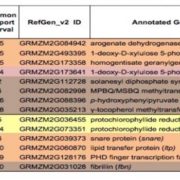
Novel loci underlie natural variation in vitamin E levels in maize grain
Blog, Plant Science Research Weekly, Research, Research BlogVitamin E (alpha-tocopherol and related tocochromanol compounds) is a lipid-soluble antioxidant that contributes to numerous cellular activities and confers protection against many diseases, from cancer to cardiovascular disease. The main sources of vitamin E for humans are plant oils, but most crop…

